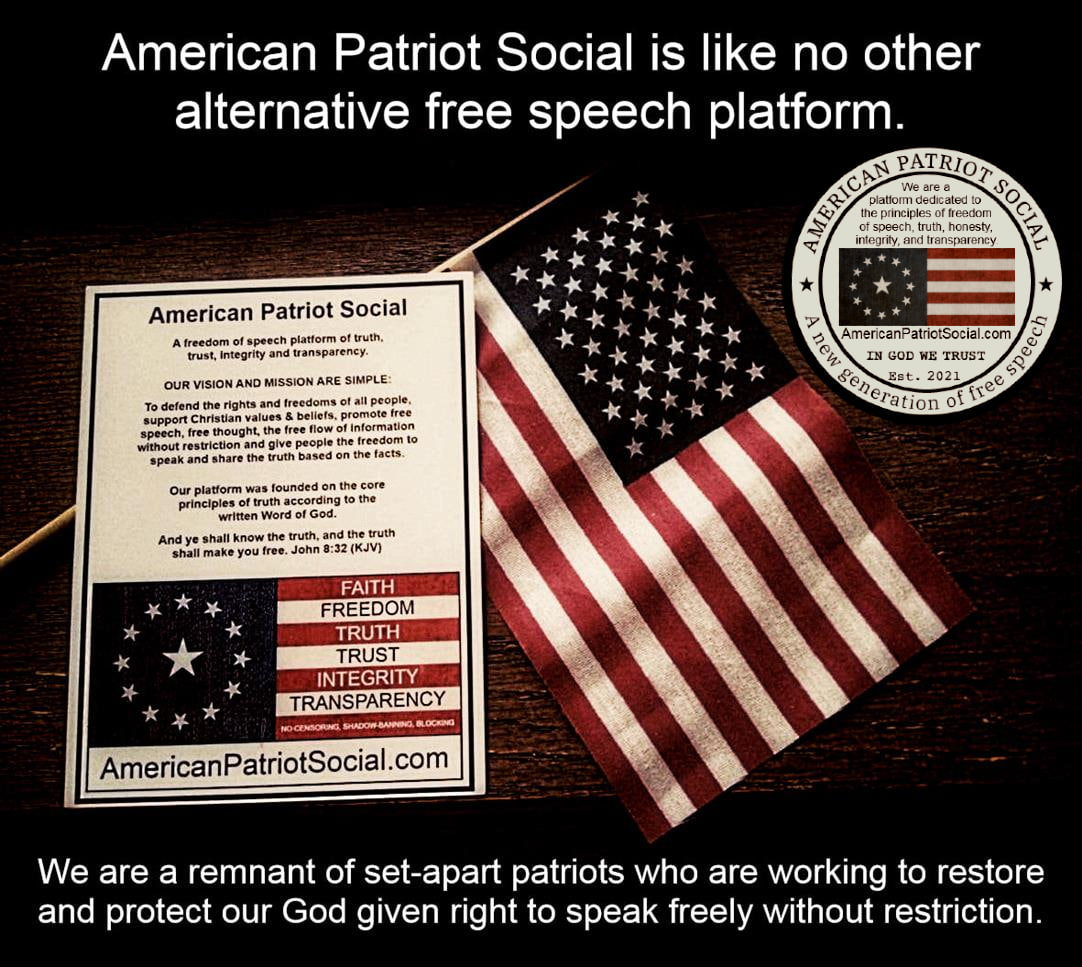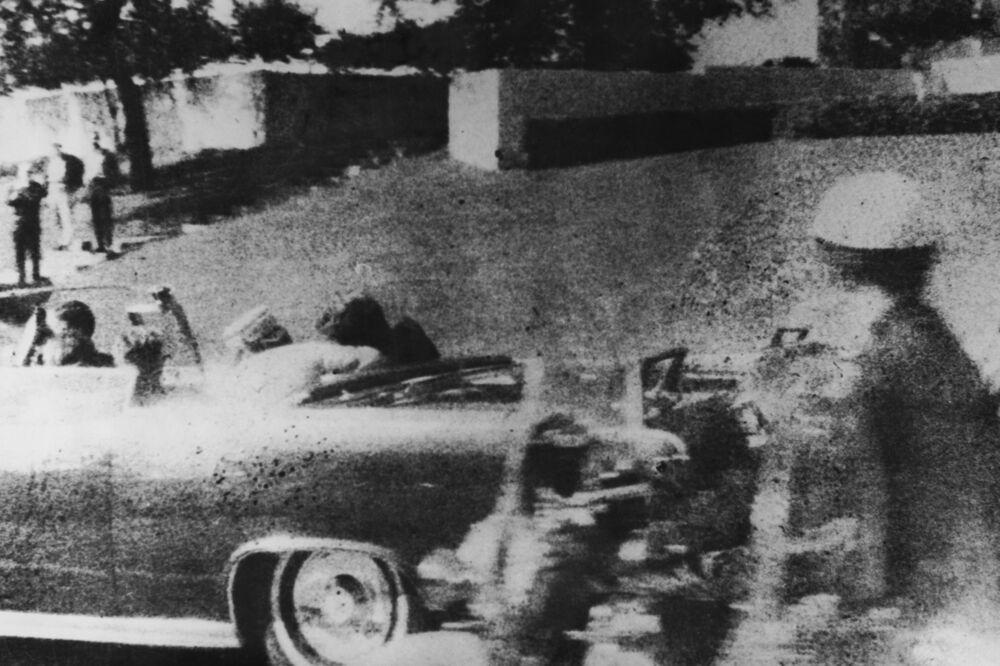

Cables, memos and other documents shed light on Lee Harvey Oswald’s Soviet and Cuban embassy visits
The National Archives on Wednesday, December 15th, 2021 made public nearly 1,500 secret documents related to the U.S. government’s investigation into the 1963 assassination of President John F. Kennedy.
The 1,491 documents include disclosure of secret CIA cables, internal memos discussing Oswald’s previously disclosed but never fully explained visits to the Soviet and Cuban embassies in Mexico City, as well as discussion in the days after the assassination of the potential for Cuban involvement in the killing of Kennedy, and other documents that the National Archives had in its possession concerning the Kennedy assassination were included in this release.

One CIA cable describes how Oswald phoned the Soviet embassy while in Mexico City to ask for a visa to visit the Soviet Union. He also visited the Cuban embassy, apparently interested in a travel visa that would permit him to visit Cuba and wait there for a Soviet visa. On 3 October, more than one month before the assassination, he drove back into the US through a crossing at the Texas border.
Another memo, dated the day after Kennedy’s assassination, says that according to an intercepted phone call in Mexico City, Oswald communicated with a KGB officer while at the Soviet embassy that September.
After Kennedy was killed, Mexican authorities arrested a Mexican employee of the Cuban embassy with whom Oswald had communicated, and she said Oswald had “professed to be a communist and an admirer of Castro”, according to the cable.
One CIA document marked “Secret Eyes Only” traces US government plots to assassinate the Cuban leader at the time, Fidel Castro, including a 1960 plot “that involved the use of the criminal underworld with contacts inside Cuba”.
Another document weighs whether Oswald, while living in New Orleans, might have been affected in any way by the publication in the local newspaper of an interview an Associated Press correspondent conducted with Castro in which Castro warned of retribution if the US were to take out Cuban leaders.
The new files include several FBI reports on the bureau’s efforts to investigate and surveil major mafia figures like Santo Trafficante Jr and Sam Giancana, who are often mentioned in conspiracy theories about Kennedy’s assassination.
Apart from the Kennedy investigation, some of the material will be of interest to scholars or anyone interested in the minutiae of 1960s counterespionage, with pages and pages of arcane details on such things as the methods, equipment and personnel used to surveil the Cuban and Soviet embassies in Mexico City.
In blocking the release of hundreds of records in 2017 because of concerns from the FBI and the CIA, Donald Trump cited “potentially irreversible harm”. Even so, about 2,800 other records were released at that time.
The Warren commission in 1964 concluded that Oswald had been the lone gunman, and another congressional investigation in 1979 found no evidence to support the theory that the CIA had been involved. But other interpretations have persisted.
“The profound national tragedy of President Kennedy’s assassination continues to resonate in American history and in the memories of so many Americans who were alive on that terrible day; meanwhile, the need to protect records concerning the assassination has only grown weaker with the passage of time,” “It is therefore critical to ensure that the United States Government maximizes transparency, disclosing all information in records concerning the assassination, except when the strongest possible reasons counsel otherwise.”
There was no immediate indication that the records contained new revelations that could radically reshape the public’s understanding of the events surrounding the Nov. 22, 1963, assassination of Kennedy at the hands of gunman Lee Harvey Oswald in Dallas.
But the latest tranche of documents was nonetheless eagerly anticipated by historians and others who, decades after the Kennedy killing, remain skeptical that at the height of the Cold War, a troubled young man with a mail-order rifle was solely responsible for an assassination that changed the course of American history.
While the Warren Commission in 1964 concluded that Oswald had been the lone gunman and another congressional probe in 1979 found no evidence to support the theory that the CIA had been involved, other interpretations have persisted.

JFK was assassinated on 22 November, 1963, in Dallas, Texas, sending the nation into a state of shock. Later that day, police arrested alleged assassin Lee Harvey Oswald, a former US Marine with Soviet and Cuban sympathies. Authorities later concluded he fired three shots from the Texas School Book Depository into the open-air motorcade where the president and other dignitaries were driving through Dealey Plaza in Dallas.
Though Oswald was arraigned for the murder, he never lived to see a trial. A nightclub owner named Jack Ruby shot the alleged assassin while he was being transferred to a county jail, two days after the original killing.
In 1964, the President’s Commission on the Assassination of President John F Kennedy, better known as the Warren Commission, concluded that Oswald had killed the president on his own, and that he wasn’t part of a larger conspiracy.
The Warren Commission’s findings, however, have been criticised, and even the CIA’s in-house historian admitted in 2013 that the agency concealed what it knew about the alleged assassin, so much so it amounted to a “cover-up” intent on finding the “best truth” rather than the most accurate one.
Since then, conspiracy theories and alternative explanations have proliferated about the assassination, pinning the blame on everyone from former Cuban leader Fidel Castro, to the mob, to the US government itself.
Amateur detectives and officials alike have argued a second shooter had been present on a now-famous “grassy knoll” overlooking the parade site, while others focused on a home-movie recording of the shooting by a bystander named Abraham Zapruder, which captured a mysterious “Umbrella Man” watching the president drive as the assassination occurs.
The new release of papers can be read in PDF form on the National Archives JFK records hub.
Many of the papers include information about JFK’s killer Lee Harvey Oswald, including his meeting with a KGB agent at the Soviet Embassy in Mexico City two months before the assassination.
In 1992, Congress passed the President John F Kennedy Assassination Records Collection Act, which stipulated that “all Government records concerning the assassination of President John F. Kennedy ... should be eventually disclosed to enable the public to become fully informed about the history surrounding the assassination.”
Members of the Kennedy family have called for all the files to be released, such as former congressman Patrick Kennedy, JFK’s nephew.
“I think for the good of the country, everything has to be put out there so there’s greater understanding of our history,’ he told The Daily Mail earlier this year, noting we live in a time of “a lot of conspiracy theories” with “a tendency to distrust government in general.”
The only documents that remain withheld are those where the government claims a compelling national security or political interest. Agencies have been reviewing their claims since 2018 with an eye towards fully releasing the papers they retain, a process that was disrupted by the pandemic, according to the national archivist.
In October, the White House agreed to postpone the publication of some of these materials still under review, while directing the NARA to release what was possible this December. Donald Trump had promised to release all of the JFK files, but announced in 2018 his administration would ignore a legal deadline to share all the records, citing national security concerns.
Notably, Wednesday’s release of documents is visible online, while many of the more than 250,000 JFK records that have been opened to the public are only accessible in person at a National Archives facility in Maryland.
The White House has asked the national archivist to devise a plan to digitise the full collection of JFK files that have already been released.
Historians and scholars have argued the full release of the JFK files is important as a matter of history, as well as a way to counter the ongoing appeal of conspiracy theories in US politics today, such as QAnon.
Others in the national security community, meanwhile, suggest that some files could threaten former Cold War-era intelligence sources that are still alive, or expose vital US espionage activities.
View Records: https://url.americanpatriotsforum.com/8jZndI